Before we begin I would like to say that, every bike which will be mentioned in this article is a piece of history of Indian motorcycling. They are all head turners and game changers. The current scenario might be different but they all are showstoppers in their respective timelines. So let’s begin.
2001: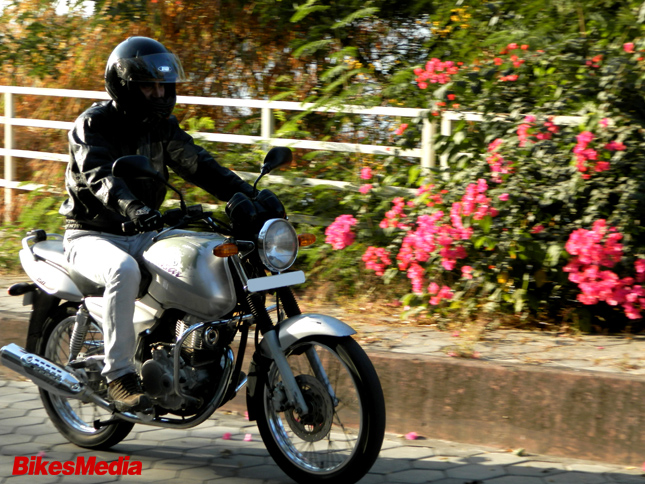 It was on this day when the lifeline of a new industry officially began in India. It was the day when the first generation Pulsar 150 and 180 were launched in India. Not only a new segment of performance bikes were spawned because of them but they were also responsible for propelling the auto journalism industry in India.
It was on this day when the lifeline of a new industry officially began in India. It was the day when the first generation Pulsar 150 and 180 were launched in India. Not only a new segment of performance bikes were spawned because of them but they were also responsible for propelling the auto journalism industry in India.
Motorcycle mods, riding groups, biking events, all of these came into existence; because India emerged as a market capable of consuming high-performance motorcycles on a mass production level. Pulsars have made their mark in Indian motorcycling for more than a decade. They have evolved from simple machines to sophisticated beasts in the span of just 17 years, even to this day they are one of the most reliable and fun motorcycles to ride.
2003: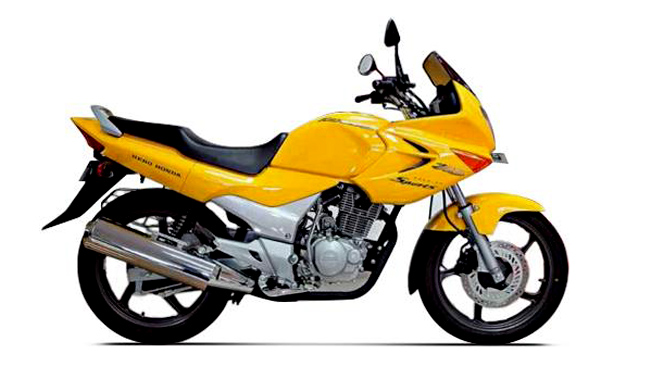 Back in a time when Hero was still with Honda, they launched the first generation Hero Honda Karizma in the Indian market. The bike had a design which has never been seen before. It was the first time when people of India understood, what a bike fairing actually meant. The bike had several paint schemes on offer, but the yellow one became the most loved one. Karizma was a fast bike with a top speed of 120 km/h and also had a sporty handling. Its successor was the infamous Hero Honda Karizma ZMR, which during its early years sold quite well, but just wasn’t able to keep up with the exponential innovation of Indian motorcycling market.
Back in a time when Hero was still with Honda, they launched the first generation Hero Honda Karizma in the Indian market. The bike had a design which has never been seen before. It was the first time when people of India understood, what a bike fairing actually meant. The bike had several paint schemes on offer, but the yellow one became the most loved one. Karizma was a fast bike with a top speed of 120 km/h and also had a sporty handling. Its successor was the infamous Hero Honda Karizma ZMR, which during its early years sold quite well, but just wasn’t able to keep up with the exponential innovation of Indian motorcycling market.
2005: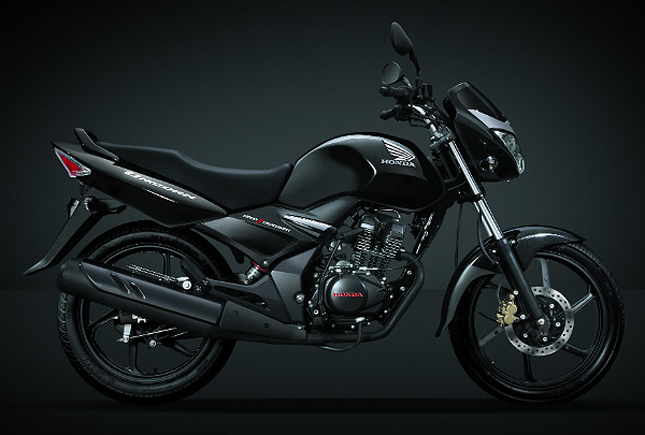 Bajaj disrupted the Indian motorcycle market and made everyone want to own a Pulsar. After seeing this, one company was getting ready to take the Bajaj head on. It was Honda; they developed a new motorcycle by the name of Honda Unicorn which was the first motorbike in India to feature a monoshock suspension. This also became its selling point for the years to come, as the Indian road conditions were poor enough, to propel the sale of the comfort savvy Unicorn to 7,20,000 units.
Bajaj disrupted the Indian motorcycle market and made everyone want to own a Pulsar. After seeing this, one company was getting ready to take the Bajaj head on. It was Honda; they developed a new motorcycle by the name of Honda Unicorn which was the first motorbike in India to feature a monoshock suspension. This also became its selling point for the years to come, as the Indian road conditions were poor enough, to propel the sale of the comfort savvy Unicorn to 7,20,000 units.
2006: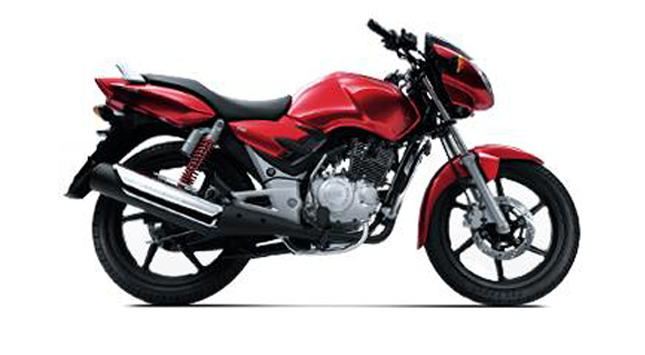 Everyone has an Arch Nemesis who defines their actions, their progress and their downfall. TVS Apache to Bajaj Pulsar is what the Spiderman is to Venom; equally powerful but more wild and untamed. 2006 was the year when the first ever Apache E surge was launched, which became the first performance motorcycle to easily challenge Bajaj Pulsar on the open road. Both the pulsars and the Apaches evolved together down the line and they still do. Every bike of Apache stands tall in the face of every Pulsar, which Bajaj has to offer.
Everyone has an Arch Nemesis who defines their actions, their progress and their downfall. TVS Apache to Bajaj Pulsar is what the Spiderman is to Venom; equally powerful but more wild and untamed. 2006 was the year when the first ever Apache E surge was launched, which became the first performance motorcycle to easily challenge Bajaj Pulsar on the open road. Both the pulsars and the Apaches evolved together down the line and they still do. Every bike of Apache stands tall in the face of every Pulsar, which Bajaj has to offer.
2007: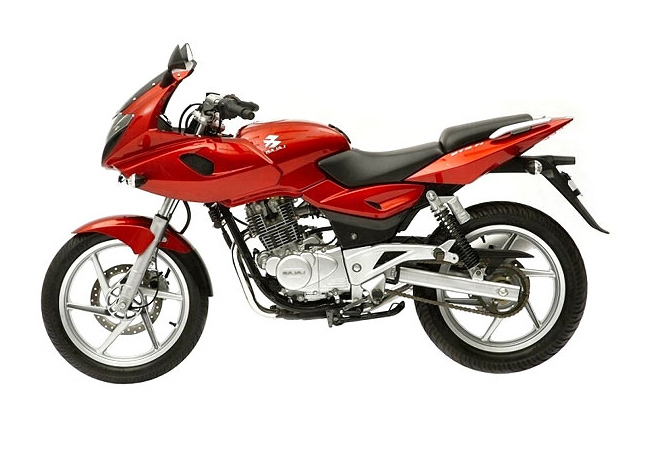 Year 2007 witnessed the launch of a bike which made the Pulsar series, a cult phenomenon. In July 2007, Bajaj unveiled the Pulsar 220 DTS-Fi; the most powerful Pulsar and the fastest Indian bike at that time. The bike had a top speed of 138 km/h and various new features, including a rear disc, clip-on handlebars, split seats and fuel injection. The design of the bike gave it an unmatched road presence and made it an instant head turner.
Year 2007 witnessed the launch of a bike which made the Pulsar series, a cult phenomenon. In July 2007, Bajaj unveiled the Pulsar 220 DTS-Fi; the most powerful Pulsar and the fastest Indian bike at that time. The bike had a top speed of 138 km/h and various new features, including a rear disc, clip-on handlebars, split seats and fuel injection. The design of the bike gave it an unmatched road presence and made it an instant head turner.
The front fairing became the ultimate symbol of speed and performance; so much so that people started manually installing the 220’s front fairing on their Pulsar 180. Later, Bajaj decided to remove the fuel injection in order to bring down the cost of the bike. This move worked in company’s favour and 220 started selling in huge numbers across the country. More than a decade later, it still remains the most sought-after entry level sports bike from Bajaj’s stable.
2008: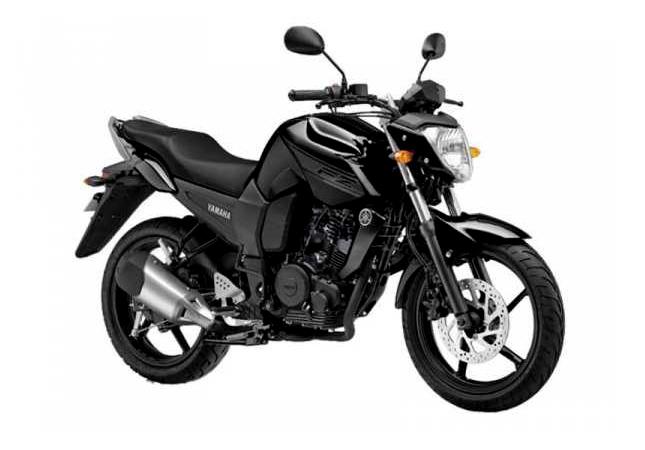 During this year the street fighter, Yamaha FZ-16 entered the Indian market. FZ-16 had a muscular design, wide tyres, fat forks, monoshock suspension and a superbly refined engine. It was a great motorcycle to ride and needless to say, it made a fan base which is still loyal to the company. FZ's popularity brought Yamaha back to life in the Indian market. The bike was followed by a version 2 model, which had better fuel economy and performance.
During this year the street fighter, Yamaha FZ-16 entered the Indian market. FZ-16 had a muscular design, wide tyres, fat forks, monoshock suspension and a superbly refined engine. It was a great motorcycle to ride and needless to say, it made a fan base which is still loyal to the company. FZ's popularity brought Yamaha back to life in the Indian market. The bike was followed by a version 2 model, which had better fuel economy and performance.
Yamaha launched another bike from their stable in the same year, which made a whole new division of Motorcycles in the Indian market. The bike was Yamaha R15 V1 and was the first entry-level fully faired supersport 150cc bike in India. It had a 150cc liquid cooled 4 strokes 4 valve SOHC engine, which produced 16.4 BHP power @ 8500 RPM and 14.5 Nm of torque @ 7500 RPM. The bike was the first in India to offer racing ergonomics and performance for a small price.
That’s it for now, stay tuned for the next part where we will take a look at the timeline starting from 2009 to the present one. Do let us know in the comments, according to you, which other bike played a part in transforming Indian motorcycling industry.
By: Yetnesh Dubey
2001:
 It was on this day when the lifeline of a new industry officially began in India. It was the day when the first generation Pulsar 150 and 180 were launched in India. Not only a new segment of performance bikes were spawned because of them but they were also responsible for propelling the auto journalism industry in India.
It was on this day when the lifeline of a new industry officially began in India. It was the day when the first generation Pulsar 150 and 180 were launched in India. Not only a new segment of performance bikes were spawned because of them but they were also responsible for propelling the auto journalism industry in India. Motorcycle mods, riding groups, biking events, all of these came into existence; because India emerged as a market capable of consuming high-performance motorcycles on a mass production level. Pulsars have made their mark in Indian motorcycling for more than a decade. They have evolved from simple machines to sophisticated beasts in the span of just 17 years, even to this day they are one of the most reliable and fun motorcycles to ride.
2003:
 Back in a time when Hero was still with Honda, they launched the first generation Hero Honda Karizma in the Indian market. The bike had a design which has never been seen before. It was the first time when people of India understood, what a bike fairing actually meant. The bike had several paint schemes on offer, but the yellow one became the most loved one. Karizma was a fast bike with a top speed of 120 km/h and also had a sporty handling. Its successor was the infamous Hero Honda Karizma ZMR, which during its early years sold quite well, but just wasn’t able to keep up with the exponential innovation of Indian motorcycling market.
Back in a time when Hero was still with Honda, they launched the first generation Hero Honda Karizma in the Indian market. The bike had a design which has never been seen before. It was the first time when people of India understood, what a bike fairing actually meant. The bike had several paint schemes on offer, but the yellow one became the most loved one. Karizma was a fast bike with a top speed of 120 km/h and also had a sporty handling. Its successor was the infamous Hero Honda Karizma ZMR, which during its early years sold quite well, but just wasn’t able to keep up with the exponential innovation of Indian motorcycling market.2005:
 Bajaj disrupted the Indian motorcycle market and made everyone want to own a Pulsar. After seeing this, one company was getting ready to take the Bajaj head on. It was Honda; they developed a new motorcycle by the name of Honda Unicorn which was the first motorbike in India to feature a monoshock suspension. This also became its selling point for the years to come, as the Indian road conditions were poor enough, to propel the sale of the comfort savvy Unicorn to 7,20,000 units.
Bajaj disrupted the Indian motorcycle market and made everyone want to own a Pulsar. After seeing this, one company was getting ready to take the Bajaj head on. It was Honda; they developed a new motorcycle by the name of Honda Unicorn which was the first motorbike in India to feature a monoshock suspension. This also became its selling point for the years to come, as the Indian road conditions were poor enough, to propel the sale of the comfort savvy Unicorn to 7,20,000 units.2006:
 Everyone has an Arch Nemesis who defines their actions, their progress and their downfall. TVS Apache to Bajaj Pulsar is what the Spiderman is to Venom; equally powerful but more wild and untamed. 2006 was the year when the first ever Apache E surge was launched, which became the first performance motorcycle to easily challenge Bajaj Pulsar on the open road. Both the pulsars and the Apaches evolved together down the line and they still do. Every bike of Apache stands tall in the face of every Pulsar, which Bajaj has to offer.
Everyone has an Arch Nemesis who defines their actions, their progress and their downfall. TVS Apache to Bajaj Pulsar is what the Spiderman is to Venom; equally powerful but more wild and untamed. 2006 was the year when the first ever Apache E surge was launched, which became the first performance motorcycle to easily challenge Bajaj Pulsar on the open road. Both the pulsars and the Apaches evolved together down the line and they still do. Every bike of Apache stands tall in the face of every Pulsar, which Bajaj has to offer. 2007:
 Year 2007 witnessed the launch of a bike which made the Pulsar series, a cult phenomenon. In July 2007, Bajaj unveiled the Pulsar 220 DTS-Fi; the most powerful Pulsar and the fastest Indian bike at that time. The bike had a top speed of 138 km/h and various new features, including a rear disc, clip-on handlebars, split seats and fuel injection. The design of the bike gave it an unmatched road presence and made it an instant head turner.
Year 2007 witnessed the launch of a bike which made the Pulsar series, a cult phenomenon. In July 2007, Bajaj unveiled the Pulsar 220 DTS-Fi; the most powerful Pulsar and the fastest Indian bike at that time. The bike had a top speed of 138 km/h and various new features, including a rear disc, clip-on handlebars, split seats and fuel injection. The design of the bike gave it an unmatched road presence and made it an instant head turner. The front fairing became the ultimate symbol of speed and performance; so much so that people started manually installing the 220’s front fairing on their Pulsar 180. Later, Bajaj decided to remove the fuel injection in order to bring down the cost of the bike. This move worked in company’s favour and 220 started selling in huge numbers across the country. More than a decade later, it still remains the most sought-after entry level sports bike from Bajaj’s stable.
2008:
 During this year the street fighter, Yamaha FZ-16 entered the Indian market. FZ-16 had a muscular design, wide tyres, fat forks, monoshock suspension and a superbly refined engine. It was a great motorcycle to ride and needless to say, it made a fan base which is still loyal to the company. FZ's popularity brought Yamaha back to life in the Indian market. The bike was followed by a version 2 model, which had better fuel economy and performance.
During this year the street fighter, Yamaha FZ-16 entered the Indian market. FZ-16 had a muscular design, wide tyres, fat forks, monoshock suspension and a superbly refined engine. It was a great motorcycle to ride and needless to say, it made a fan base which is still loyal to the company. FZ's popularity brought Yamaha back to life in the Indian market. The bike was followed by a version 2 model, which had better fuel economy and performance.Yamaha launched another bike from their stable in the same year, which made a whole new division of Motorcycles in the Indian market. The bike was Yamaha R15 V1 and was the first entry-level fully faired supersport 150cc bike in India. It had a 150cc liquid cooled 4 strokes 4 valve SOHC engine, which produced 16.4 BHP power @ 8500 RPM and 14.5 Nm of torque @ 7500 RPM. The bike was the first in India to offer racing ergonomics and performance for a small price.
That’s it for now, stay tuned for the next part where we will take a look at the timeline starting from 2009 to the present one. Do let us know in the comments, according to you, which other bike played a part in transforming Indian motorcycling industry.
By: Yetnesh Dubey











